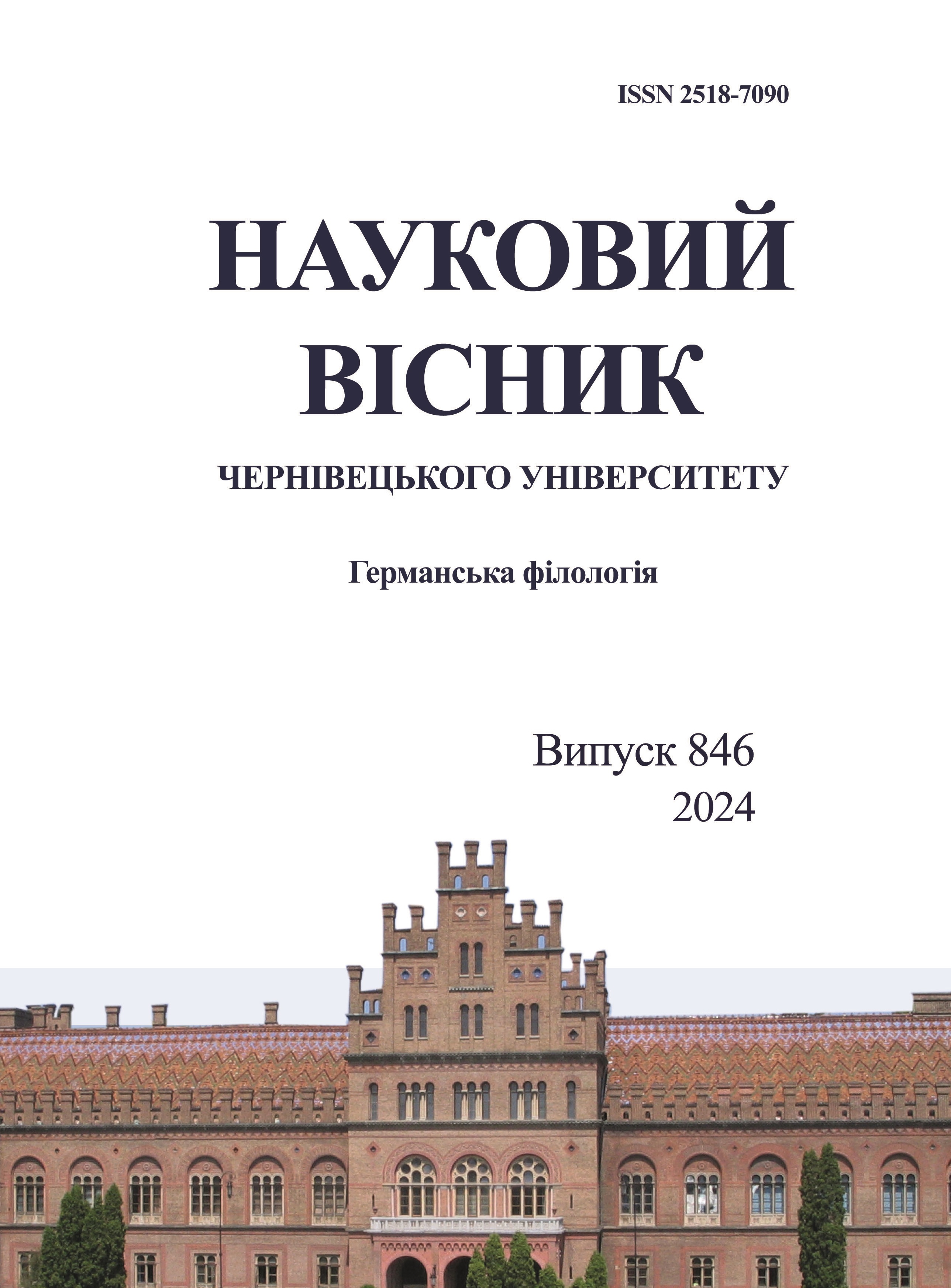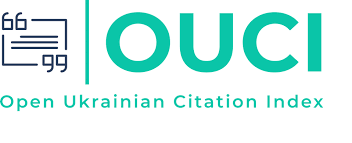ЗАСОБИ ВІДТВОРЕННЯ БЕЗЕКВІВАЛЕНТНОЇ ЛЕКСИКИ У ПЕРЕКЛАДІ (НА МАТЕРАІАЛІ ПЕРЕКЛАДУ "ШАНТАРАМ" Ґ. Д. РОБЕРТСА)
DOI:
https://doi.org/10.31861/gph2023.846.34-43Ключові слова:
безеквівалентність, безеквівалентна лексика, перекладацькі трансформації, художній твір, транслітерація, транскрипція, адаптивне транскодуванняАнотація
Статтю присвячено вивченню проблематики відтворення безеквівалентної лексики у художніх творах. Мета роботи полягає у дослідженні та виявленні формальних трансформацій та особливостей їх застосування у процесі перекладу безеквівалентної лексики з оригіналу. Під час дослідження було застосовано метод порівняльного аналізу та описовий метод. Предметом дослідження є художній твір в оригіналі та перекладі. У роботі з'ясовано теоретичні засади безеквівалентної лексики у рамках теорії перекладу. Розглянуто різні визначення та думки теоретиків перекладознавства щодо цього поняття. Безпосередньо висвітлено головні типи безеквівалентних одиниць, їх поділ та призначення. Окрему увагу було звернуто на «реалії», слова та словосполучення, що входять до складу безеквівалентної лексики як незалежна складова та показують тісний зв'язок між мовою та культурою, духовним та матеріальним світом різних народів. Проведено аналіз фрагментів перекладу художнього твору з англійської мови на українську. Було враховано основні засади та принципи перекладу художніх текстів, що полягають у передачі іншомовного тексту зі збереженням його змісту та стилістичного забарвлення. З'ясовано, що для кращого розуміння мотивів твору обов'язково потрібно проаналізувати безеквівалентні лексичні одиниці. Для правильного розуміння контексту перекладачу потрібно звертати увагу на їх етимологію, емоційне забарвлення та варіацію у використанні. Це сприятиме не тільки точності перекладу, а й збереженню національно-культурного підґрунтя. Матеріалом дослідження було обрано роман австралійського письменника Ґреґорі Девіда Робертса "Шантарам" і його переклад виконаний В. В. Александровим. На його прикладі було продемонстровано функціонування та специфіку прояву явища безеквівалентності у художній літературі. Розглянуто та проаналізовано випадки використання формальних трансформацій при перекладі безеквівалентної лексики. Встановлено тенденцію використання описового перекладу на рівні з транскрипцією, транслітерацією та адаптивним транскодуванням для максимально точного розкриття змісту іншомовного слова.







